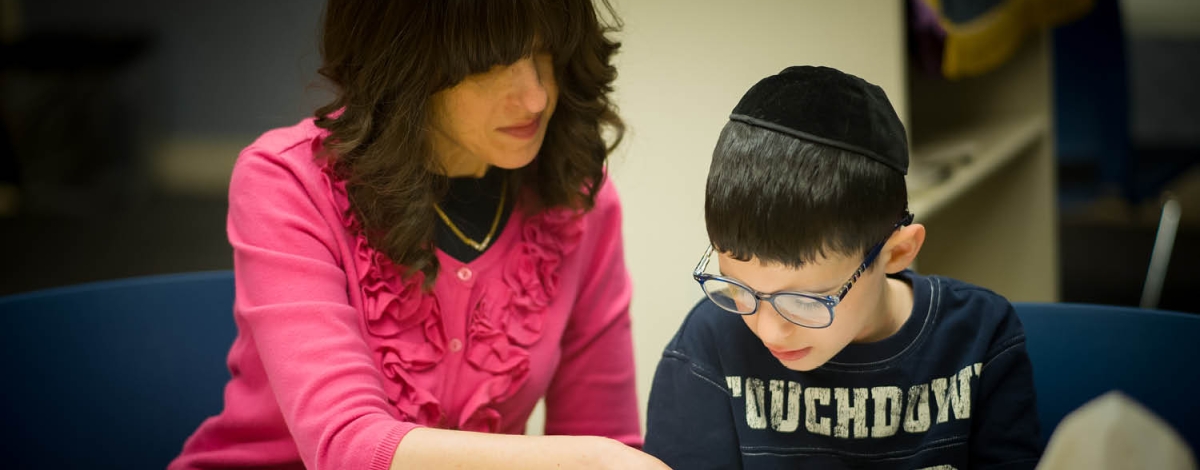The Challenges and Successes of Remote Learning
Since the pandemic hit, Knapp School & Yeshiva has been operating remotely. In the shift to remote learning, there have been challenges abound for both the staff and students. Maureen Gilligan, the director of instruction & assessment at the school reported that “initially, the greatest challenge was setting up working classrooms, managing student attendance and engagement in the learning process. Over time we learned through trial and error, self-discovery, and targeted trainings how to navigate Zoom to the advantage of classroom management and optimal learning for the students.” The staff introduced new curriculum resources that enhanced their ability to complete online work and worked together to get students online and engaged. “While we initially struggled to engage students online, this fall our attendance has been consistently high thanks to an ambitious effort to get every student a Chromebook, connected and instructed on how to best use the online resources available,” Maureen shared.
The staff had to quickly adapt to using remote instruction tools and dynamics on the fly and used the summer and fall to become adept at managing Zoom meetings, posting relevant and engaging assignments and utilizing breakout rooms to individualize instruction and provide privacy for students who need it. The success of the transition is due to the staff’s dedication to creating a therapeutic environment for our students, even in a virtual setting.
“Our students have been remarkably resilient in the face of all this change and I believe their resilience is in part due to the relationships they have with teachers, teaching aides, clinicians, and support staff in the building,” Maureen said. An early lesson the staff learned was that the engagement of adults infinitely improved the engagement of students. Using breakout rooms when students are dysregulated, or simply unmotivated, allowed staff to leverage their relationships into student participation. “Although our data does not entirely reflect great successes, there are several students who made significant gains in the remote environment largely because their one-to-one time with teachers increased and deepened in the remote environment,” Maureen said.
One particularly successful story is the academic improvement of one of the second graders. Before quarantine, he was consistently testing below grade level because he would lose focus, make self-deprecating remarks about himself and have outbursts related to overstimulation in the classroom and his inability to cope. Even though his classroom staff exhibited great patience and empathy with him, he struggled. Initially he had a hard time adjusting to remote learning, but as he and his teacher developed a reassuring schedule and staff showed up to encourage him online and on one occasion to say hello in person, the young man blossomed, and 3rd quarter testing showed that he had improved his reading skills exponentially. He was also rapidly learning self-regulation strategies to help him focus. He has come a long way and it was the dedication of the staff working with him that made all the difference.



 Back
Back